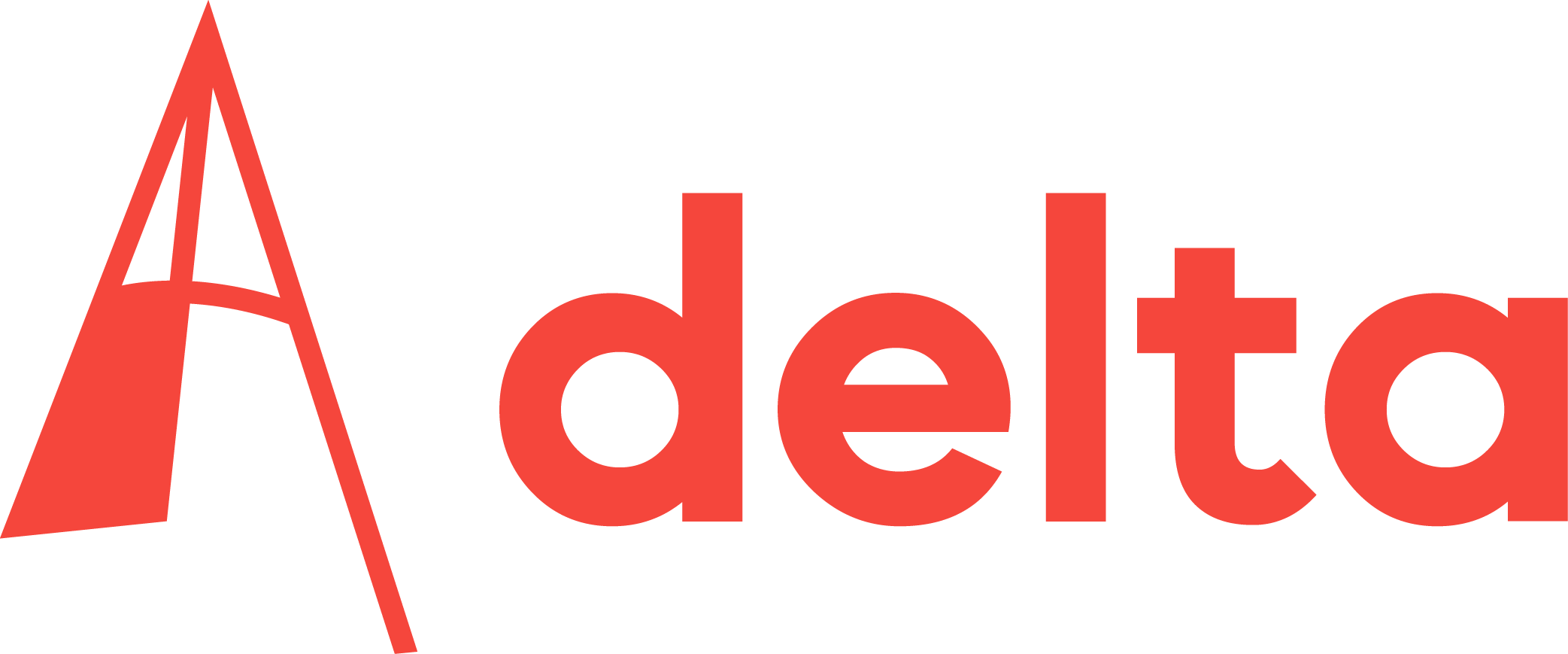On my afternoon lunch break ride home from university, while munching on an apple and confirming next week’s dinner appointment with a friend by sms, I realized I was doing something I’d never thought I’d be able to do: multitasking on a bike.
Not bad for a gal who got on a bike for the first time in her life just three years ago!
Looking back to September 2006, when I first arrived in Delft, I remember being so terrified by the thought of even getting on a bike, never mind riding through crazy Delft morning traffic, that I had considered getting up thirty minutes earlier to walk to the faculty every day for next five or six years I’d be spending in Delft. Now, riding a bike is like second nature to me: I can do it in a skirt and 8-cm heels, in the rain and wind, with heavy baggage in my saddle-bags, a 2-meter Ikea board under one arm and a passenger on the back, while enjoying an afternoon snack and talking to my mom on the phone. Ok, well maybe not simultaneously, but you get the idea.
My ‘multitasking on a bike’ moment prompted me to reflect on other signs of ‘going Dutch’: my new habits, abilities and general outlook on life resulting from living in the Netherlands for the past three years.
For one thing, I drink a lot more coffee than I used to. This traditional cliché about the Dutch has played itself out in ways beyond my anticipation: a now graduated friend of mine never washed his coffee cup during the final months of his thesis work; he’d simply fill it up with coffee again as soon as it was empty. At some point during our frequent coffee breaks I somehow acquired my own coffee cup in his graduation project room, despite having nothing to do with it academically. Nowadays, if I have two cups in the morning and one in the afternoon, I consider it a practically caffeine-free day, while three years ago my one-cup-a-day habit would earn me taunts from my peers for being a ‘caffeine addict’.
Another Dutch gastronomic tradition that I’ve embraced and learned to love is drop. Yes, the mazut-colored, sweet-salty-spicy licorice treat that most Dutch are so gek about. Like most of the inhabitants of Planet Earth, I used to wonder why Jelly Belly had made black-licorice one of its official fifty flavors if it was the one jelly bean always left at the bottom of the candy bag that nobody wanted, and how could anyone eat this stuff and not gag anyway? Curiously, Dutch drop comes in so many different colors, shapes, textures and flavors that my local DIY retailer even sells bags of drop van de maand, and I’ve yet to see them sell the same variety of drop twice. This vast assortment of drop is what prompted me to eventually give it a go: I started with the mild Engelse drop and gradually moved on to the stronger, spicier kinds and before I knew it I had (gasp!) purchased my very own first packet of drop, immediately proceeding to picking out and devouring the curiously spicy brown cinnamon pieces.
Besides my newly-acquired Dutch food preferences, I’ve also noticed recent changes in my fashion style: an abnormal number of leggings and boots crept into my wardrobe over the years, slowly forcing out the pants and summer/winter shoes. Considering the Dutch climate, it’s natural that boots are the perfect year-round footwear, but what about tights or leggings instead of denim? Well, it turns out there’s a logical explanation behind this Dutch fashion phenomenon as well: the less you wear on the rainy days of autumn and winter, the faster it’ll all dry once you get to your intended destination! So less is more, ladies.
Nevertheless, even equipped with a Dutch-style wardrobe, dressed in layers and waterproof clothing, I still often end up soaked from head to toe during my lunch break rides home. The only thing that saves me from the rain at such moments is my newly acquired Dutch attitude towards the weather: I don’t really mind a bit of rain any more.
Olga Motsyk, from Ukraine, is a BSc aerospace engineering student
On Thursday 19 February, the Valorisation Centre together with EC Liaison is organizing a lunchtime meeting on Thursday 19 February to discuss the possibilities offered by the People Program Marie Curie. This program is part of the European Commission’s 7th Framework Program (FP7) and focuses on increasing the mobility and developing the career prospects of researchers at European universities. The meeting will be held at the YES!Delft Business Lounge, starting at 11:30. The lunchtime meeting will pay particular attention to the following areas: IAPP Industry Academia Partnerships & Pathways, which focuses on partner projects between industry and universities and has a July submission deadline; and various Fellowships, offering individual grants for experienced researchers and has an August submission deadline. For more information, contact Esther Janssen at the Yes!Delft Valorisation Center.


Comments are closed.